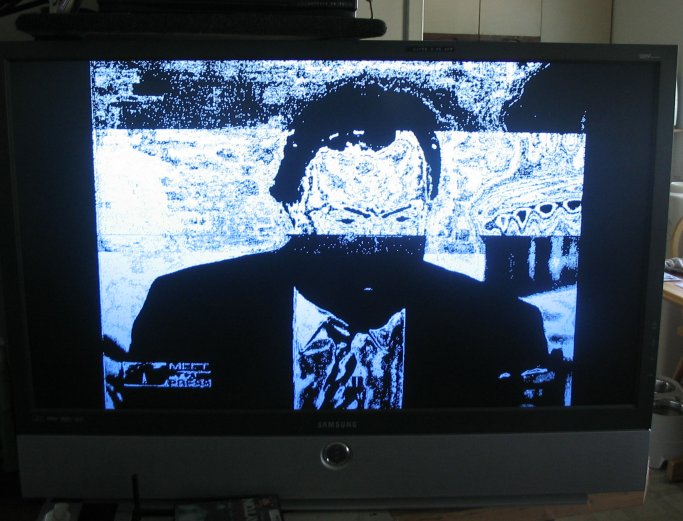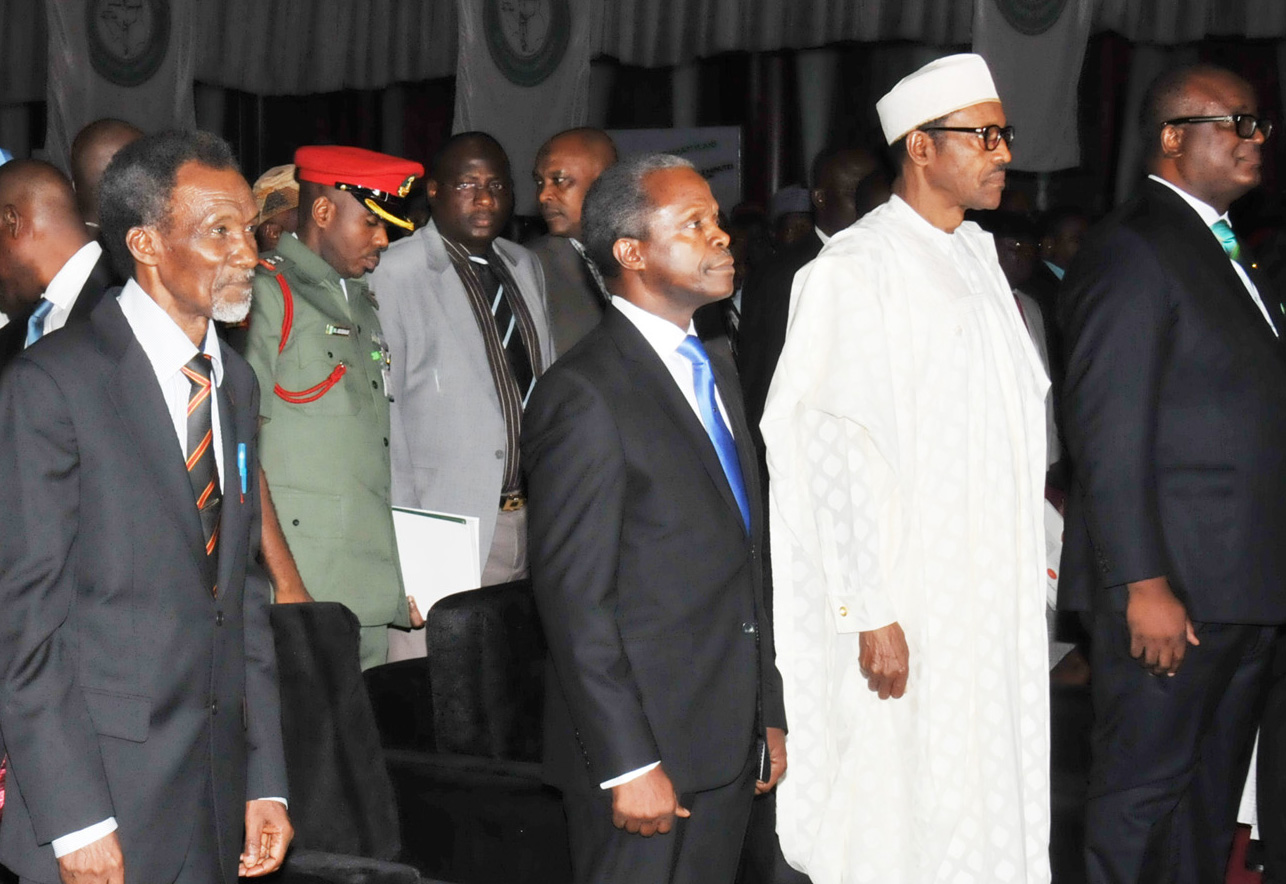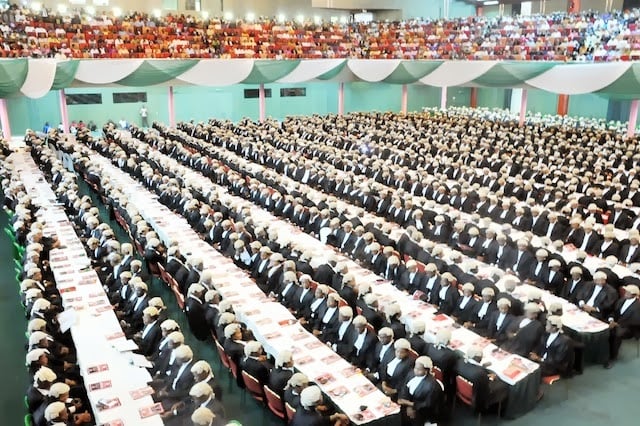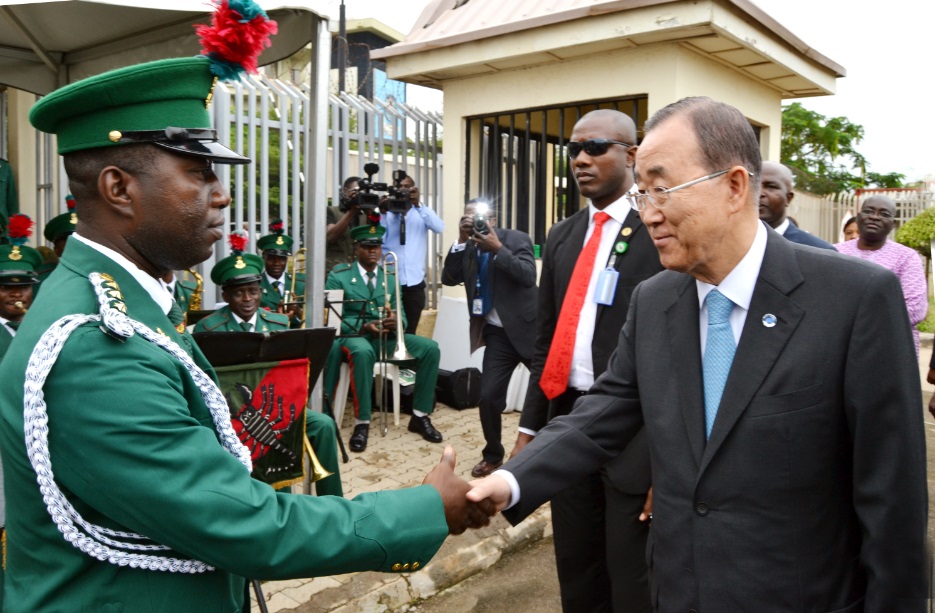Frozen television pictures kill joy almost as fast as you can switch on your TV set. Midway through a star football match, an exciting movie or an episode of your favourite series, images on your TV set begin to break up, looking like tiny fragments of brightly coloured tiles.
You wait for the mess to clear up and resume watching. It does not. Instead, it gets worse, congealing like milk in the freezer.
You are bewildered, a feeling that gets worse if your decoder gets in on the act and begins an automatic reboot. You get lucky and it normalises, only for the images to break up again and take up the appearance of broken bottle pieces.
You are convinced that pay-TV provider is out to get you. That is not what it is.
So, what is it? Freezing of images may occur during adverse weather conditions, especially when it rains heavily and the rain is accompanied or preceded by thick clouds. It also occurs during snowstorms. In any of these situations, the scale of signal disruption is determined by the quality of your installation. It clears once the weather becomes clement and the satellite could send information to you decoder without any interference by natural elements.
Advertisement
In other situations, it is protracted. It could be on a few channels or all. Most of the time, the problem does not originate from the decoder. It is usually installation-related. Viewers that experience this are more often than not those with sub-optimally installed devices, especially as it relates to antenna alignment and skew angles as well as accumulation of dirt on the dish. These affect signal strength and quality values are when you tune into channels.
There is a need to establish what the signal strength and quality values are.
On any chosen channel, the signal strength should be 80% and the quality should be more than 95% and steady.
Advertisement
If these conditions are absent, the installation is sub-par. To measure the values, go to advanced TV installation, TV1, and read the parameters for the channel-signal strength, quality, frequency and polarisation.
An accredited installer could be called in to increase the strength and quality values, notably by ensuring that the antenna and LNB skew angle settings are corrected or clean the dirt on the dish if that is what is required.
Frozen images could also occur if the face of your dish is covered by an object in a way that interrupts signal from the satellite. For example, if plants with big leaves, like banana plants, are around the dish, signal will be affected when wind blows such leaves and they get in the way of signal from the satellite. The solution is to trim such leaves and end the interference.
Advertisement






